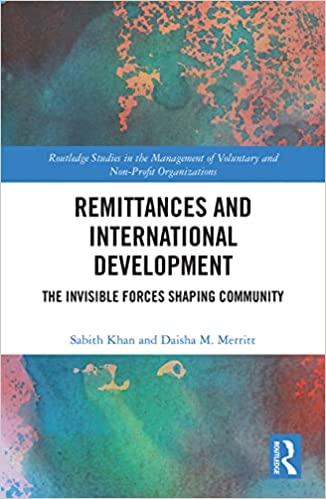Questions 7-10. Financing car purchases Suppose you go to buy a GM car. The car is priced at $24,000. The salesperson offers you interest-free financing, for three years, with no money down. Or, she tells you that if you pay cash for the car, you get $3000 cash back. To make things simple assume this means you pay $8,000 at the end of the first year, $8,000 at the end of the second year, and $8,000 at the end of the third year after buying the car. Suppose the market interest rate, at which you can borrow or lend, is 5 percent. 7. What is the present discounted value of the cost of the car if you pay cash? Please enter a whole number, with no decimal point. 8. What is the present discounted value of the cost of the car if you use GM's interest-free financing? Please enter a whole number, with no decimal point. 10. Which of the numbers below most closely represents the "annual percentage rate" (APR) of the car loan. (They advertise zero, but if you've done the calculation correctly so far, there is a cost of using the financing.) (You first need to figure out how much is borrowed each year, then calculate the interest payment on that amount, such that the PDV of the interest payments equals the cost of the loan. The easiest way to do this is using trial and errror in Excel. During year 1 you have borrowed $21k. Your $8k payment represents repayment of principal, plus interest. During year 2 you have borrowed $21k less the amount of principal you repaid at the end of year 1, which depends on the interest rate. Your final payment of $8k leaves the principal balance at zero). A. 5 percent B. 6.999 percent C. 2.581 percent D. 7.822 percent E. 0.00 percent 11. Bob devotes his meal budget to two types of dinners: take-out Chinese food, which costs $12, and take-out Thai food, which also costs $12. He has $240 per month to spend on take-out food. Bob tells you that at those prices ($12 and $12), his best affordable plan is to purchase take-out Chinese 12 times, and take-out Thai 8 times One month, the price of take-out Chinese meals falls to $10, while the price of take-out Thai rises to $14. Is Bob better off, worse off, or indifferent to the price change? [Be careful - this is not quite like the other questions of this type.) A. Better-off B. Worse-off C. Indifferent D. It is not possible to tell given this information








